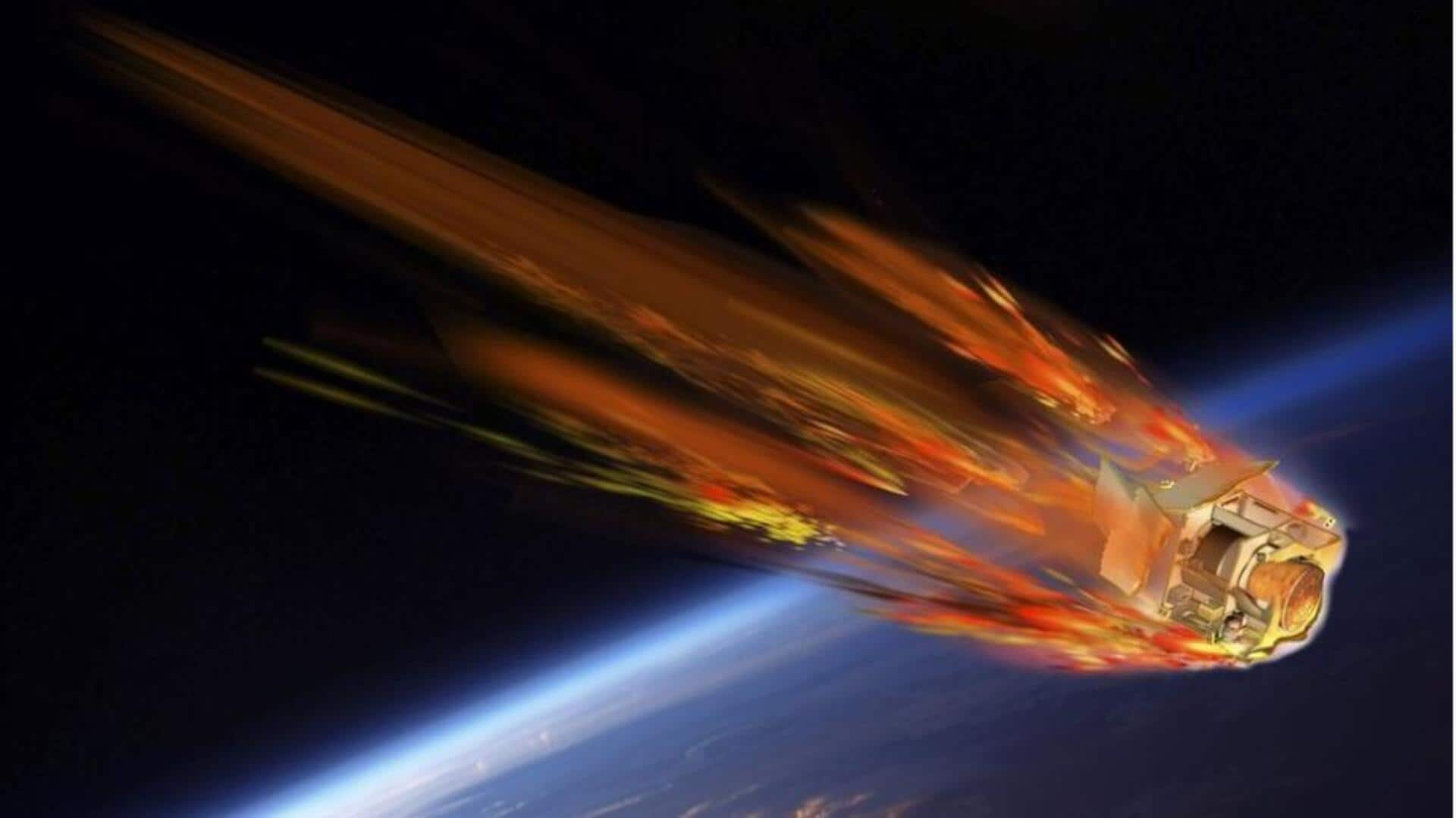
Starlink satellites burning up in atmosphere daily raise environmental concerns
What's the story
SpaceX's Starlink project, which operates the largest satellite constellation in history with over 6,000 satellites in low-Earth orbit, is facing scrutiny from scientists. The system is designed to provide global internet coverage and replace older or malfunctioning satellites regularly. However, according to Harvard-Smithsonian astronomer Jonathan McDowell, as many as four Starlink satellites re-enter Earth's atmosphere every day.
Reentry process
Satellites designed to disintegrate upon reentry
The Starlink satellites are designed to safely deorbit after about five years and completely disintegrate upon reentry. This process doesn't pose any threat to people on Earth. The satellites heat up and break apart due to atmospheric friction, leaving behind glowing trails similar to meteors or auroras. These stunning sights have been captured by amateur astronomers across the US, Europe, and Japan.
Pollution worries
Environmental impact of burning satellites
Scientists are increasingly concerned about the environmental impact of these disintegrating satellites. When they burn up, they release fine metal particles like aluminum oxide into the upper atmosphere. Experts warn that these particles could alter ozone chemistry or reflect sunlight, thereby changing the composition of the mesosphere. With tens of thousands more Starlink satellites on the way, scientists are worried about their cumulative effect over time.
Regulatory response
Calls for stricter regulations and improved satellite design
The concerns over the environmental impact of Starlink satellites have prompted calls for stricter regulations and improved satellite design to minimize harm. The rapid expansion of Starlink has made it a key player in space sustainability debates. Experts are calling for more transparency, data sharing, and international cooperation to tackle the challenges posed by large satellite constellations.